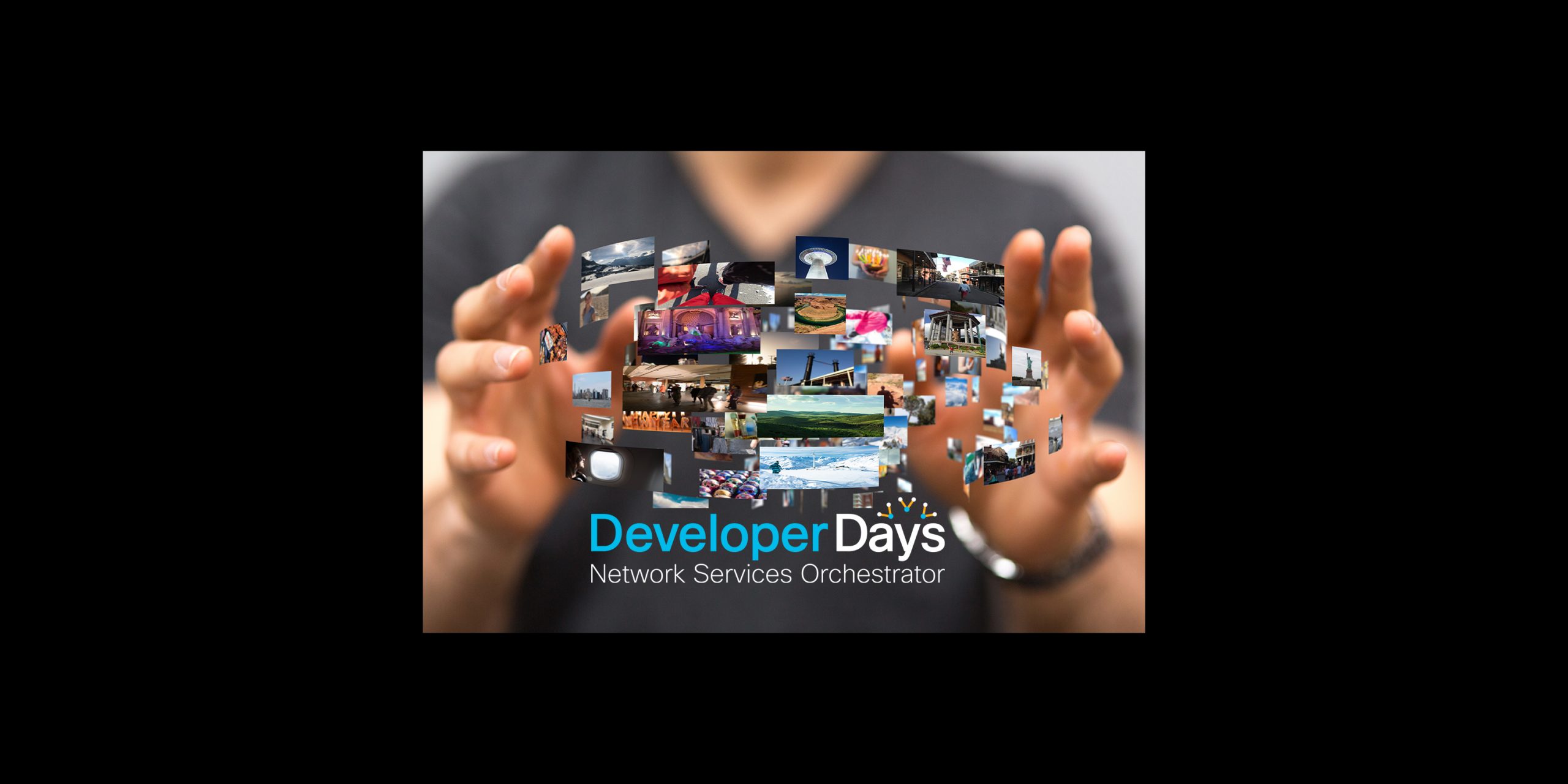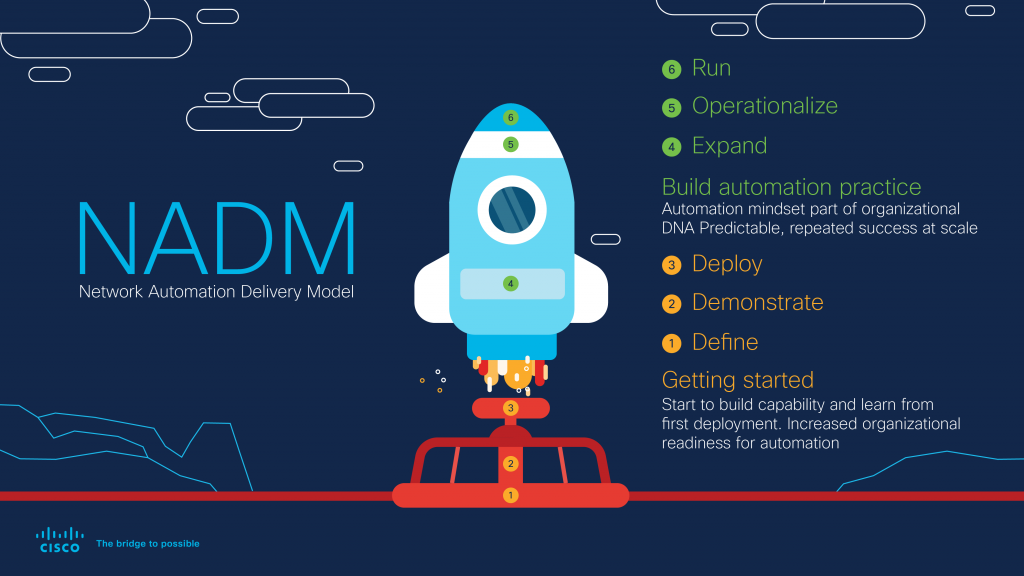- AI의 ROI : 과대포장보다 실질적인 효과가 중요한 이유
- Apple doesn't need better AI as much as AI needs Apple to bring its A-game
- I tested a Pixel Tablet without any Google apps, and it's more private than even my iPad
- My search for the best MacBook docking station is over. This one can power it all
- This $500 Motorola proves you don't need to spend more on flagship phones
NSO Developer Days Is Heading to Asia Pacific

NSO Developer Days is making a virtual stop in Singapore. Join us March 3rd.
We are heading to the Asia Pacific and this time we are making our stop, virtually, in Singapore. In times of restricted traveling, we are bringing the Cisco Network Service Orchestrator event to you. Because it is virtual, it is free and accessible to anyone. All you have to do is to register and block out time in your calendar. As always, we look forward to interacting with you and have the NSO experts ready to answer your questions live.
A customer testimony
Let me start tempting you with a special customer story. David Robertson (then Director – Transport & Routing Engineering) from Telstra did the keynote at our very first NSO Developer Days in June 2017. Here’s a video of his presentation.
In his talk, David pictured the future internet, and the capacity needed in 2021. At that time, Telstra had decided to double down on a company-wide network automation practice to vastly improve the customer experience. Several severe outages were the eye-opener. Human intervention was the spark, but the fuel was a mix of technology, people, and processes combined with a rapidly growing complexity in the networks.
Telstra knew that they could not continue the way they had in the past and they set out for an aggressive change. At the end of the keynote, David called out for help. First, he asked for more best practices to shorten the learning curve. Second, he requested the proliferation of skills to accelerate broad industry enablement of capability for NSO and the use of YANG. Last, but not least; a user group forum, with regular meetings.
Is the future now?
I am also very excited to hear the progress they’ve made over the past five years and if we were able to support Telstra. Therefore I am honored to welcome Telstra back to our NSO Developer Days APJC virtual event. Ross Manariti, Technical Product Owner – Resource Domain & Element Management at Telstra will take us through their journey and talk about the next steps.
Technical Product Owner – Resource Domain & Element Management, Telstra
“We decided to take a different approach, including everything from people and processes to technology,” said Ross. “Together with Cisco and our partners we now have a multi-vendor, model-driven, highly-customizable system. With our new way of working, we can now onboard new team members or ramp up new teams faster than before. In the end, our customers experience highly available and reliable network services. Telstra is able to adapt to changes since we can repeat and predict both service and infrastructure resource configurations. The most important success factor is that we always review the outcome and adjust the way we work.”
Network automation is a journey
Telstra’s testimony indicates that a journey is not all about reaching a destination but always improving and re-evaluating the goals. Surprisingly, most services and infrastructure configurations are still depending on manual interventions. Carrying a ton of legacy makes changes extra hard. To make the change you need a determined leadership and an aggressive plan accepted by all stakeholders.
Less than a third recognize that they have a fully automated system in our latest event survey from December 2020. As much as a fifth (20%) have not even started. Looking at 2018 I see only a little improvement. The pattern is clear. Companies still have a lot of work to do and are looking for testimonials and best practices. Our response to this is the Network Automation Deliver Model (NADM). NADM is the sum of Best Practices that we get from collaborations with companies like Telstra. NADM is free and available on DevNet.

Technology sessions and on-demand
To continue the theme, our technology sessions will focus on the future network and the journey. Without a crystal bowl, how do you build a system today that will meet the needs another five years out? It is evident that you need to know where you are going, collect evidence that you are on the right path, and adjust when needed.
Ulrik Stridsman, a Software Developer in the NSO CTO team will talk about what you need to do to be prepared for scaling. He will introduce a few important NSO core concepts and guide you through best practices, but more importantly, help you identify the questions you need to ask yourself and when to take the next step. The CTO team is working closely with customers and I am told that Ulrik may also share more on what the CTO team is doing right now to help with scaling.
Once you have your NSO service up and running you need to be able to validate the system behavior. This is an area where Kristian Larsson, NSO CTO Architect, is deeply engaged. In this session, he will introduce and demonstrate new features that allow you to leverage observability data to validate your design.
If you want to go deeper into weeds on these topics, we have on-demand sessions exploring NSO use cases and how we secure scale and performance through testing. And finally, if your network, despite all the precautions, still crashes, we will demonstrate how you can auto-heal your network.
Wrapping Up
The event will close with a product management update. We will talk about the roadmap and what we do to improve the learning path. Jason Belk, our very own NSO advocate will guide you through the free resources available to you. Register to attend.
To find more developer resources by topic, visit the Cisco NSO Dev Center on DevNet.
Share:

